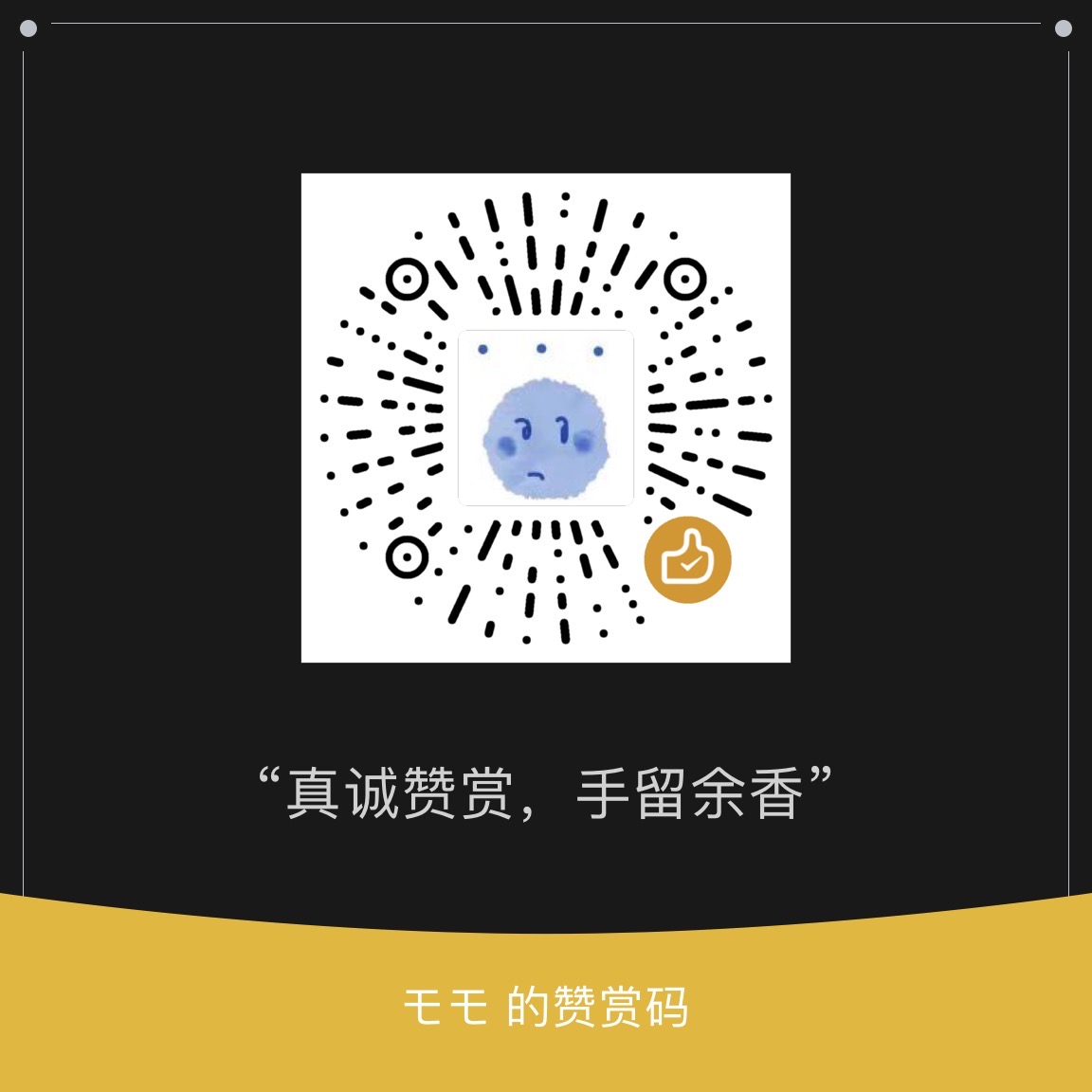主要分析将 DOM 树加上 CSS 规则的步骤。
STEP 0: 环境准备
npm install cssCSS库
STEP 1: 收集 CSS 规则
- 遇到 style 标签时,需要将 CSS 规则保存收集;
- 调用 CSS parser 分析 CSS 规则;
- 必须仔细研究此库分析 CSS 规则的格式;
STEP 2: 添加调用
- 创建元素之后,立即计算 CSS
cssComputer.computeCss(element);; - 理论上,当分析一个元素时,所有的 CSS 规则已经收集完毕;
- 在真实浏览器中,可能遇到写在 body 内的 style 标签,需要重新进行 CSS 计算的情况,但在这里我们进行忽略(CSS 重新计算,重排,重绘,所以需要在编写代码时需要将 style 写在所有元素最前面);
STEP 3: 获取父元素序列
let elements = stack.slice().reverse();- 在 computeCSS 函数内,必须知道元素的所有父元素才能判断元素与规则是否匹配;
- 从上一步骤的 stack 内可以获取本元素的所有元素;
- 因为我们首先获取的事“当前元素”,所以获取和计算父元素匹配的顺序是从内向外;
STEP 4: 拆分选择器
- 选择器也需要从当前元素向外排列;
- 复杂选择器需要拆成针对单个元素的选择器,用循环来匹配父元素队列;
STEP 5: 计算选择器与元素匹配
- 根据选择器的类型和元素属性,计算是否与当前元素匹配;
- 该 toy-browser 仅实现三种基本选择器,实际浏览器中要处理更复杂的复合浏览器;
STEP 6: 生成 computed 属性
- 一旦选择匹配,就应用选择器到元素上,形成 computedStyle;
PS:可能会涉及到选择器的优先级(specificity)。
STEP 7: 确定规则覆盖关系
选择器优先级的计算和比较。
基本代码
// css-computed.js
const css = require("css");
let rules = [];
// **** 添加CSS规则 **** //
function addCSSRules(text) {
let ast = css.parse(text);
// console.log(JSON.stringify(ast, null, " "));
rules.push(...ast.stylesheet.rules);
}
// *** 针对对象:元素 **** //
function computeCss(element, stack) {
// console.log(JSON.stringify(rules, null, " "));
// & 使用slice避免污染原始stack
let elements = stack.slice().reverse();
// console.log(elements)
if (!element.computeStyle) element.computeStyle = {};
// 遍历所有规则
for (let rule of rules) {
// console.log(JSON.stringify(rule, null, " "));
// 全部选择器
let selectorParts = rule.selectors[0].split(" ").reverse();
// ! 匹配当前元素
if (!match(element, selectorParts[0])) continue;
console.log(
"matched element: " + element.tagName + " and " + selectorParts[0]
);
// ^ 已经匹配到当前“元素”
let matched = false; // 每条规则的标识
// & 双循环检查父元素是否匹配
let j = 1;
for (let i = 0; i < elements.length; i++) {
if (match(elements[i], selectorParts[j])) {
j++;
}
}
if (j >= selectorParts.length) matched = true;
if (matched) {
// ^ 计算当前的选择器优先级
let sp = specificity(rule.selectors[0]);
// 如果匹配到,将规则加入element
// console.log(`Element: ${element}, rule: ${rule}`);
let computeStyle = element.computeStyle;
for (let declaration of rule.declarations) {
if (!computeStyle[declaration.property]) {
computeStyle[declaration.property] = {};
}
// ^ 可能会出现样式覆盖
computeStyle[declaration.property].value = declaration.value;
if (!computeStyle[declaration.property].specificity) {
computeStyle[declaration.property].specificity = sp;
} else if (
(compare(computeStyle[declaration.property].specificity), sp)
) {
computeStyle[declaration.property].specificity = sp;
}
computeStyle[declaration.property].value = declaration.value;
}
element.computeStyle = computeStyle;
// {color: {value: …}, font-size: {value: …}}
}
}
}
// *** 匹配元素 *** //
function match(element, selector) {
if (!selector || !element.attributes) return false;
// ^ 简单处理,仅判断id选择器,class选择器和标签选择器
if (selector.charAt(0) === "#") {
let attr = element.attributes.filter((attr) => attr.name === "id");
if (attr && attr.value === selector.replace("#", "")) {
return true;
}
} else if (selector.charAt(0) === ".") {
let attr = element.attributes.filter((attr) => attr.name === "class");
if (attr && attr.value === selector.replace(".", "")) {
return true;
}
// ? class还可以使用空格,所以后续可以补充有空格的情况匹配
// ? 难道不会被split嘛?
} else if (element.tagName === selector) {
return true;
}
}
// *** 计算优先级 *** //
function specificity(selector) {
// 从高到低
// 0 表示行内样式,最高优先级
let p = [0, 0, 0, 0]; // ! 表示当前的优先级
let selectorParts = selector.split(" ");
for (let part of selectorParts) {
if (part.charAt(0) === "#") {
p[1] += 1;
} else if (part.charAt(0) === ".") {
p[2] += 1;
} else {
p[3] += 1;
}
}
return p;
}
// *** 比较优先级 *** //
function compare(sp1, sp2) {
if (sp1[0] - sp2[0]) return sp1[0] - sp2[0];
if (sp1[1] - sp2[1]) return sp1[1] - sp2[1];
if (sp1[2] - sp2[2]) return sp1[2] - sp2[2];
return sp1[3] - sp2[3];
}
module.exports = {
rules,
addCSSRules,
computeCss,
};


